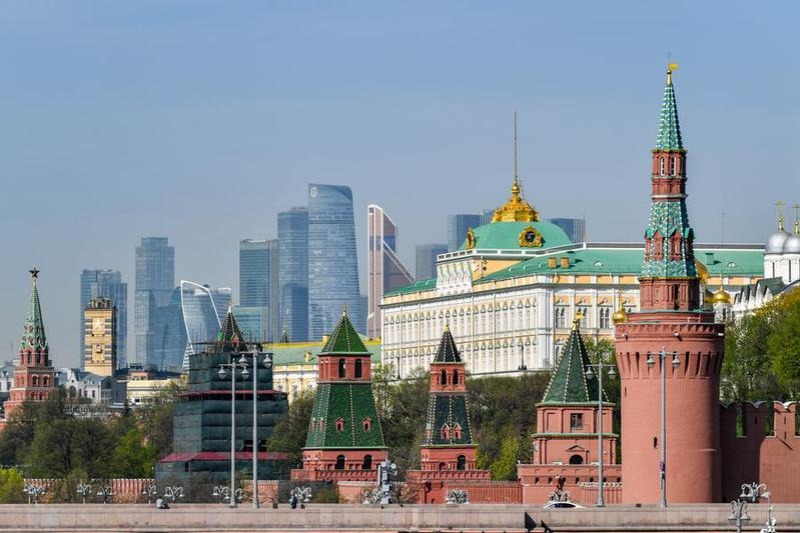Climate impact is in fact a water story


Water is critical for sustaining all aspects of life. Water is at the center of our need to better understand and address the impacts of climate change. Climate change caused by human activities will continue to be catastrophic for humanity. It is already having serious impacts on the world's water systems, and changes in these systems can have a devastating impact on people's lives.
This is because water plays a critical role in the very existence of all forms of life on Earth; it is a source of life and livelihoods, and the foundation of human well-being and prosperity. For example, without water, farmers cannot grow crops or rear animals. In Asia, most of the climate change risks come down to water.
First, climate change is altering rainfall patterns in Asia, both in terms of the amount of rainfall and its timing. Climate models indicate that rising temperatures will increase heavy rainfall during the rainy season and extend the dry durations during the dry season. These changes will, in turn, shift seasonal water availability and increase floods and droughts.
The total number of flood events in Asia increased from 303 during 1970-80 to 1,541 during 2011-20. During the same periods, the total number of drought events increased from 85 to 152. These floods and droughts can endanger human lives, damage homes and public infrastructure, destroy crops and harm the economy.
Heavier rainstorms will also increase surface runoff, the rainwater that flows across the surface of the land. Runoff is a major source of water pollution because as the rainwater moves along a surface, it picks up litter, chemicals, fertilizers and other toxic substances, flushing them into nearby rivers, streams and ponds.
This contamination can be detrimental to human health and the aquatic ecosystem, and make it more expensive to clean water to drinking standards, thereby making it more challenging for people to access safe drinking water, and maintain sanitation and a hygienic environment.
Second, glaciers are receding because global warming is causing a reduction in snow and ice cover. Glaciers are vital to water resources because as the winter snowpacks melt, they add fresh water to rivers and streams. As the atmospheric temperature rises, more precipitation is likely to fall in the form of rain rather than snow. Which means less water being stored as snowpack.
Due to climate change, glacier ice loss rates across the Himalayas have accelerated from an average of just 22 centimeters a year in the 1975-2000 period to 43 cm a year in 2000-2016. Scientists also estimate that two-thirds of the glaciers in the Hindu Kush and Himalayan ranges will be lost by 2100 if we fail to cut carbon emissions. Moreover, even if we succeed in limiting global warming to 1.5 degrees Celsius, a third of the ice would still be lost, according to some estimates.
Rising temperatures are also changing the timing and magnitude of streamflow in glacier-fed rivers and the pace of polar ice melt. These changes will negatively affect human livelihoods, economies and ecosystems, particularly in the countries across the high mountains in Asia that depend on ice-melt water for their drinking water supply, and irrigation, mining, hydropower, agriculture and other uses.
The rise in sea levels caused by the increasing melting of polar ice will also affect coastal countries, and most of the impact will be felt in Asia. Specifically, six Asian countries-China, Vietnam, Bangladesh, India, Indonesia and Thailand-account for about 75 percent of the 300 million people whose land is projected (if reductions in emissions are moderate) to be flooded due to sea-level rise by 2050.
Floods caused by glacier lake outbursts due to fast melting of glaciers also threaten populations living downstream. And changes in snowpacks will affect people who depend on skiing and winter tourism for their livelihood.
Third, climate change is increasing water demand, too. Rising temperatures increase water consumption by people, animals and plants as warmer air increases the rate of evaporation of moisture from soil and plants as well as sweat from skin. As the demand for water increases, inter-sectoral and inter-country competition for water is likely to intensify.
Besides, there could be severe competition for water among countries experiencing water scarcity because of groundwater depletion and shrinking glaciers. And the competition for water could trigger conflicts between countries, and between different regions and groups within countries.
As with the novel coronavirus pandemic, the impacts of climate change are likely to play out disproportionately across Asian countries. Developing countries are most vulnerable and among the least ready to respond to the impacts of climate change. Since people in Asia will mostly feel the impacts of climate change through a change in water systems, innovation and a transformation in water management are indispensable for climate change adaptation in the region.
Given that many Asian countries are dealing with similar climate change impacts, the global research community can contribute to building climate resilience in Asia by creating, analyzing and sharing ideas and best practices for water management so that countries can learn from one another's experiences and adopt measures suitable to their context.
The views don't necessarily reflect those of China Daily.
Kaittisak Kumse is a senior analyst at the Economic Intelligence Center of Siam Commercial Bank in Thailand; Tetsushi Sonobe is dean and CEO of the Asian Development Bank Institute, the Tokyo-based think tank of ADB; and Dil Rahut is a senior research fellow/economist at the Asian Development Bank Institute.

































